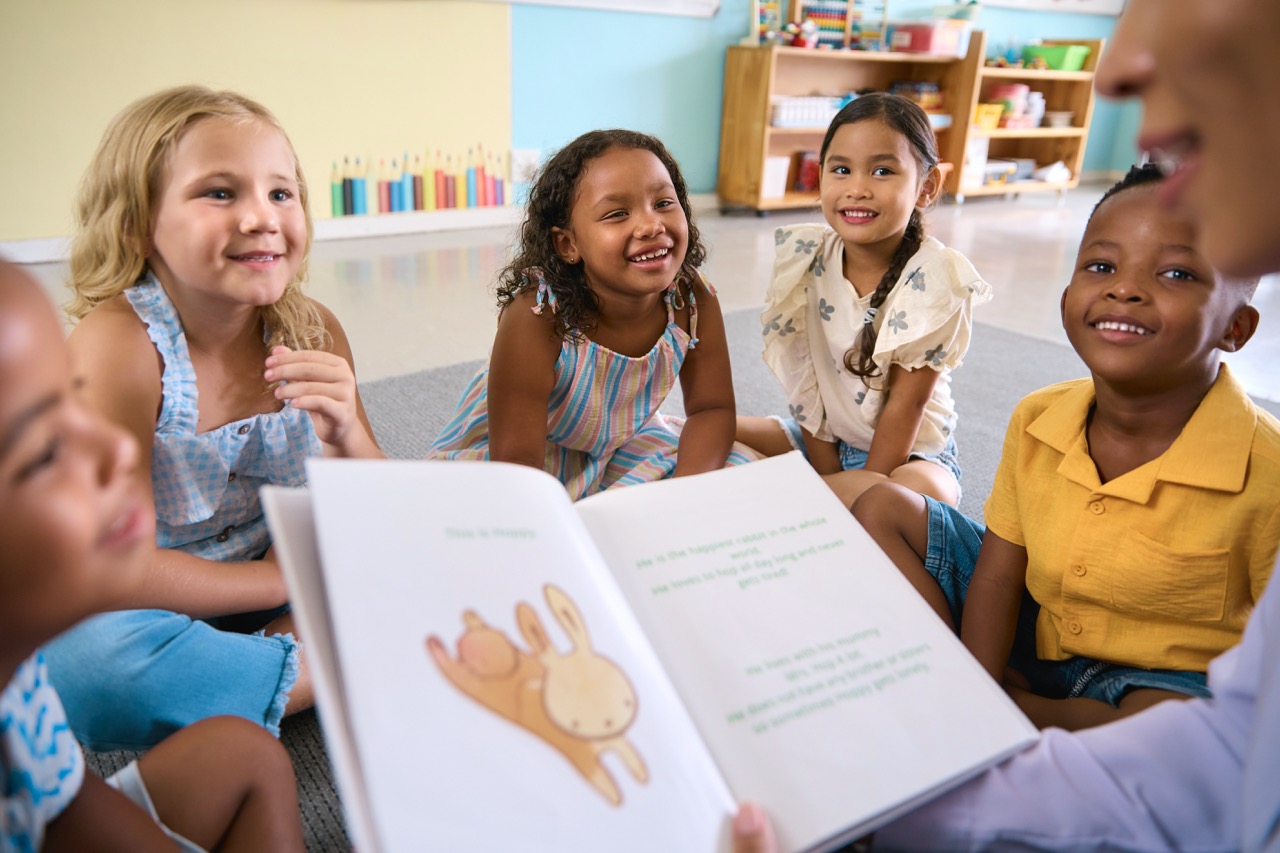In a world increasingly dominated by screens, fostering a love for reading among children is more crucial than ever. One of the most effective ways to capture the attention of young readers is through illustrations. These vibrant images not only complement the text but also enhance the overall reading experience. This article delves into how illustrations serve as a bridge between words and understanding, creating a richer, more engaging environment for children to explore the world of literature.
The Power of Pictures: Boosting Young Readers’ Engagement
Illustrations have an innate ability to captivate children’s attention, acting as a visual hook that draws them into a narrative. In a landscape where competing distractions abound, a well-placed image can make the difference between a child picking up a book or scrolling through a device. The bright colors and whimsical designs found in children’s literature stimulate curiosity, encouraging children to explore the pages further.
Moreover, illustrated stories often present a multisensory experience that appeals to various learning styles. For visual learners, the presence of pictures can be particularly beneficial, providing context that makes the text more relatable. This allure of illustrated books can transform reading from a task into an adventure, prompting children to want to read more and engage with the stories they encounter actively.
Pictures also serve as entry points for discussions. Parents and educators can leverage illustrations to ask questions about the characters, settings, and emotions depicted, deepening the interactive experience. This dialogue fosters a sense of community around reading, making it not just a solitary activity but a shared adventure that cultivates a love for literature.
How Illustrations Spark Imagination in Early Readers
Illustrations ignite the imagination of young readers by providing a canvas upon which they can project their thoughts and feelings. When children encounter a beautifully illustrated page, they are not just reading a story; they are embarking on a journey filled with possibilities. Each image invites them to interpret the narrative creatively, enabling a deeper connection with the content.
In addition, illustrations can evoke a myriad of emotions that words alone may struggle to convey. A single image of a smiling character can inspire feelings of joy, while a dark, foreboding landscape can evoke fear or uncertainty. This emotional engagement is essential for developing empathy and understanding, as it allows children to experience a range of feelings and perspectives through the characters’ journeys.
Illustrations also encourage children to visualize scenarios and imagine alternate endings or plots. This imaginative engagement goes beyond passive consumption; it actively involves young readers in the storytelling process. Such creativity not only enhances their enjoyment but also lays the groundwork for critical thinking skills that are vital for their overall cognitive development.
Visual Storytelling: A Key to Understanding Text
Visual storytelling through illustrations serves as an essential tool in helping children decode and comprehend narrative structures. In many cases, pictures can aid in clarifying complex themes or events that may be challenging to grasp through words alone. When a child sees an illustration depicting a character’s dilemma, it often becomes easier to understand the associated text, making reading a more accessible experience.
Furthermore, illustrations can provide context clues that enhance comprehension. By representing key elements of a story visually, they help children make connections between the text and real-life experiences. This dual-layer of understanding fosters a greater appreciation for literature and encourages children to engage with texts that might otherwise seem intimidating or difficult.
Books that combine text with visuals also create a rhythm and flow that can be particularly engaging for young readers. The interplay between illustrations and words allows children to anticipate what comes next, leading to a more immersive reading experience. This synergy not only supports comprehension but also promotes a love for storytelling that can last a lifetime.
The Role of Colorful Art in Retaining Attention
Colorful art plays a pivotal role in retaining the attention of young readers, acting as a beacon in a sea of information. Bright, engaging colors create a visual feast that delights the senses and draws children in. Research has shown that colorful illustrations can enhance mood and motivation, making them an essential element in children’s literature.
Moreover, the strategic use of color can guide children’s focus to specific elements within the story, highlighting emotions, actions, or significant events. For instance, a splash of red may signify danger or excitement, effectively conveying the message before the child even reads the accompanying words. This intuitive connection between color and meaning enriches the reading experience by reinforcing the narrative.
The psychological impact of color cannot be overstated, especially in relation to attention span. Illustrations that employ vibrant colors are more likely to hold a child’s gaze, reducing the likelihood of distraction. This not only makes reading more enjoyable but also encourages longer reading sessions, providing children with more opportunities to explore stories deeply.
Enhancing Comprehension: Illustrations as Learning Tools
Illustrations serve as valuable learning tools that can significantly enhance a child’s comprehension of the material. The combination of images and text can facilitate better retention of information, as children are more likely to remember content that is visually represented. This is particularly important in building vocabulary and understanding complex ideas, as illustrated contexts often provide support that reinforces learning.
In educational settings, teachers often utilize illustrated books to introduce new concepts, recognizing that visuals can break down barriers to understanding. Children who may struggle with reading or language comprehension can find solace in illustrations, which offer an alternative means of grasping the material. This duality of learning fosters inclusivity and ensures that every child has the opportunity to thrive.
Additionally, engaging with illustrations encourages critical thinking skills. When children analyze how illustrations correlate with the text, they develop the ability to infer meanings and draw conclusions, skills that are fundamental to academic success. Thus, illustrations do not merely decorate a page; they actively enhance the learning experience, equipping young readers with essential tools for their educational journey.
Fostering a Love for Reading Through Visual Elements
The incorporation of visual elements in children’s literature plays a significant role in fostering a love for reading. When children are exposed to beautifully illustrated books, they associate reading with enjoyment and creativity. This positive reinforcement is vital for developing lifelong readers who find joy in exploring new worlds through the pages of a book.
Moreover, the experience of turning each page to discover new illustrations can create a sense of anticipation and excitement. This engagement transforms reading into an interactive experience where children eagerly await the next visual surprise. Such anticipation nurtures curiosity, encouraging young minds to seek out more books and stories, further embedding reading as an integral part of their lives.
Illustrations can also serve as a springboard for further exploration. A book that features animals, for instance, can prompt children to learn more about wildlife or nature after reading. This connection between visual storytelling and real-world discovery not only reinforces the joy of reading but also expands a child’s horizons, making literature a gateway to lifelong learning.
In conclusion, illustrations are far more than mere embellishments in children’s books; they are powerful tools that enhance engagement, comprehension, and a love for reading. By creating vivid visual experiences, illustrations help bridge the gap between text and understanding, fostering critical thinking and imagination. As parents, educators, and caregivers, recognizing the profound impact of illustrations can support the development of young readers, ensuring that they embark on a lifelong journey filled with stories, creativity, and exploration. Encouraging a love for illustrated literature today may nurture the passionate readers and thinkers of tomorrow.










